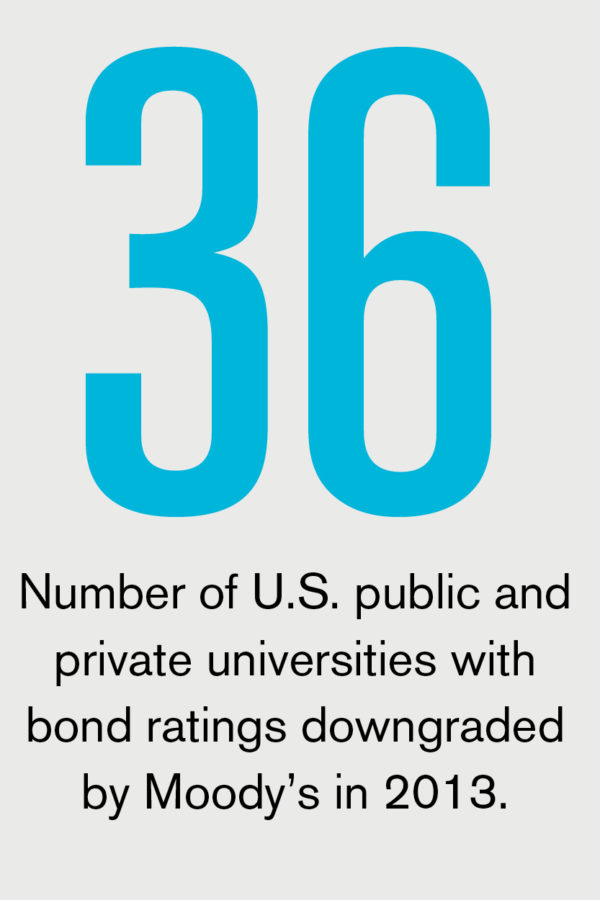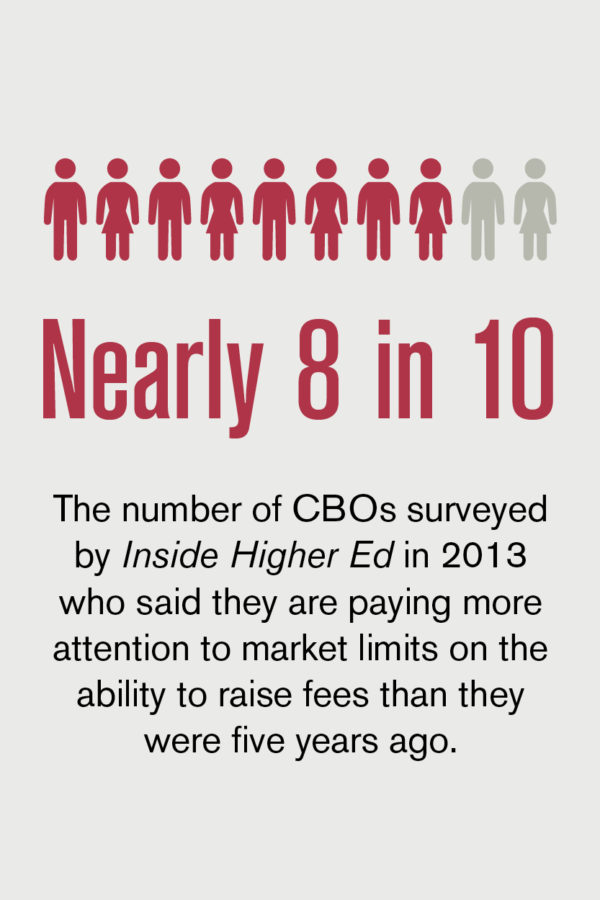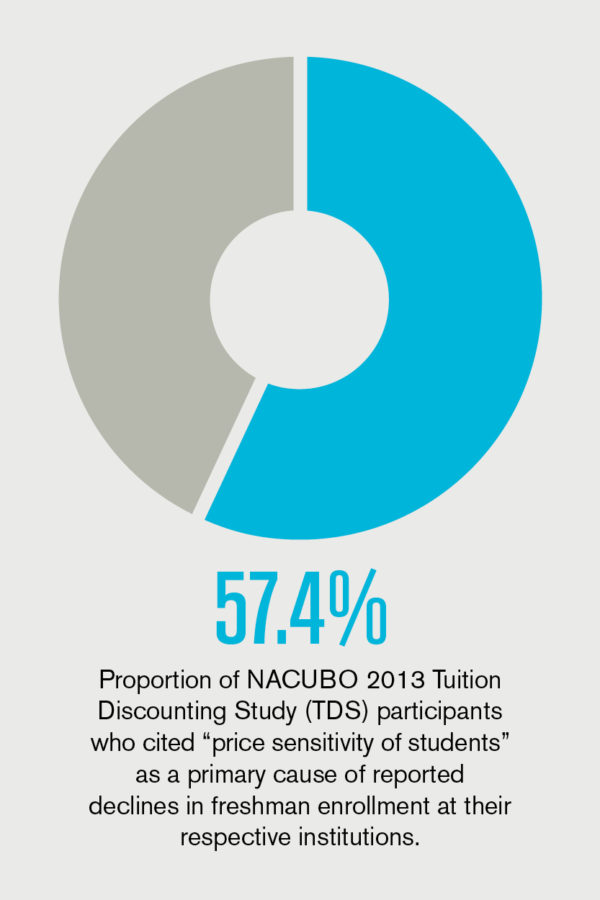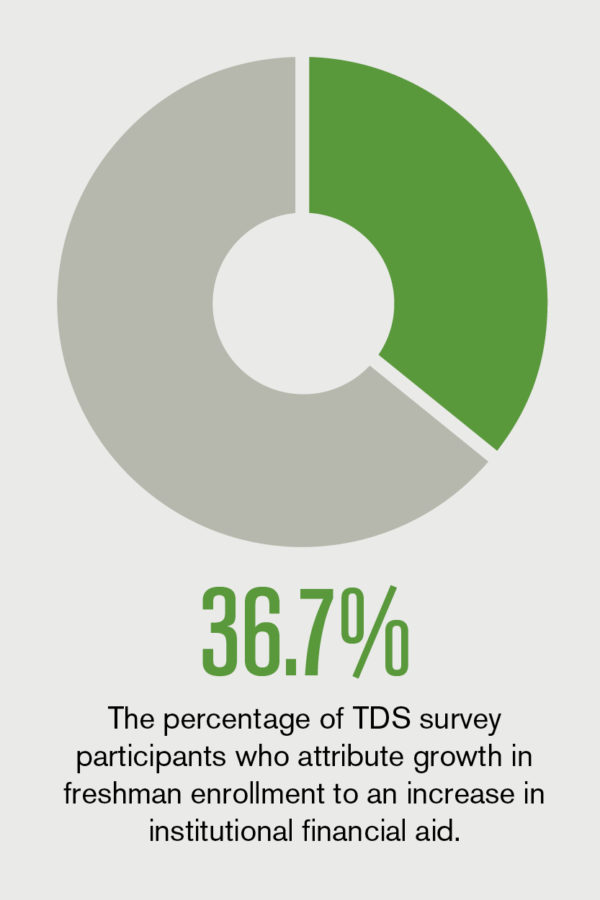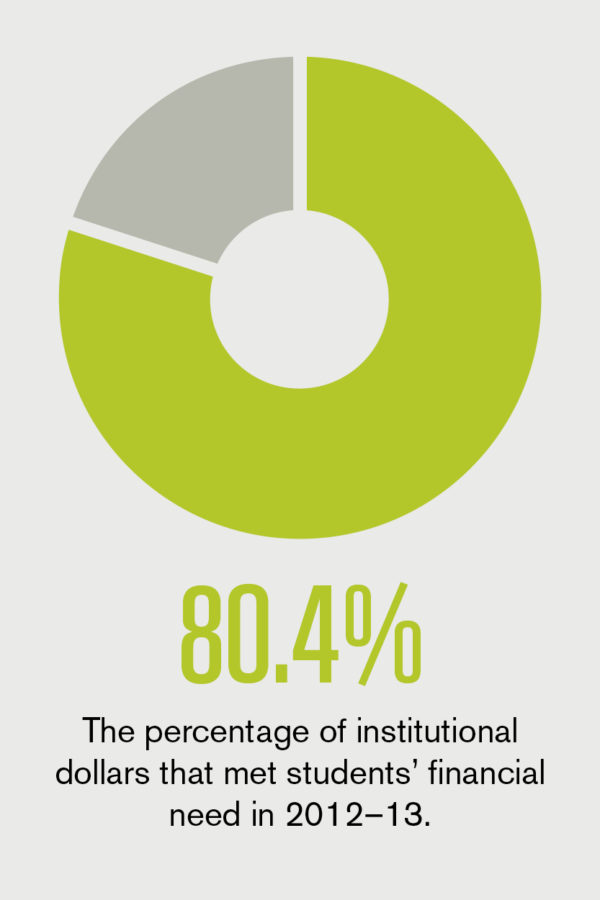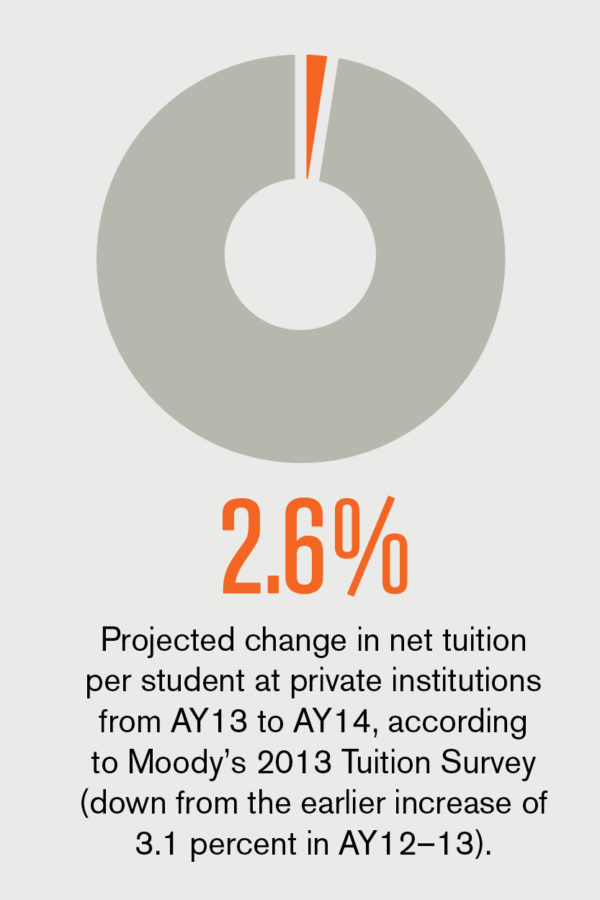As is often the case, higher education is modeling important practices in which surrounding communities play a large part. This time the activity revolves around several elements of sustainability.
Sustainability Symbiosis
The success of the 50-acre Portland State University campus has always been closely linked to its urban location. With regard to sustainability efforts, one advantage for PSU is that Portland has been and remains one of the most environmentally forward-thinking cities in the United States, introducing a strong public transit focus long before greenhouse gas emissions entered mainstream American conversation, notes Jennifer Allen, director of PSU’s Institute for Sustainable Solutions. The university’s Center for Transportation Studies is only one example of the symbiotic relationship that exists between the institution and its host city, where PSU’s research, academic programming, and co-curricular learning opportunities both address the needs of Portland and tap its expertise.
Another example includes PSU’s Green Building Research Laboratory, where university researchers from across Oregon and beyond work in close collaboration with industry partners to solve fundamental and applied research needs of the green building industry. Likewise, PSU’s Sustainable Neighborhoods Initiative connects faculty experts and motivated students to work with community-based organizations on projects aimed at promoting social equity, increasing economic resilience, and restoring and enhancing local ecosystems.
Beyond Local Limits
As a leading research institution, Arizona State University provides cutting-edge discovery and practical applications for a range of sustainability issues impacting local communities and the nation at large. ASU also engages in significant outreach and partnership with communities in the greater Phoenix area and beyond through the university’s Global Institute of Sustainability and through participation in grassroots groups like the Sustainable Cities Network.
“As one example, we work quite a bit on engaging and assisting cities with developing resiliency plans to adapt to the likely future impacts of climate change,” notes John Riley, ASU’s associate vice president of university business services and university sustainability operations officer. “These what-if decision scenarios help leaders examine appropriate responses. For instance, here in the Southwest, a big question for municipalities surrounds the best ways to develop or expand while maintaining a quality standard of living and while respecting the resource constraints of our geography.”
Advocating Adaptability
The concepts of resilience and adaptation—most notably with regard to the disruptions caused by a changing climate—are increasingly on the minds of community and institution leaders alike, says David Hales, president of Second Nature. His organization is partnered with Resilient Communities for America. Cosponsored by the National League of Cities, World Wildlife Fund, U.S. Green Building Council, and others, this national campaign represents more than 100 mayors working together to build more resilient communities.
Second Nature is now in the process of spearheading an alliance for resilient campuses—a national cooperation among colleges and universities to develop leaders and help solve the big problems facing institutions and their communities so they can better manage the unavoidable together, explains Hales.
“We know there are some things we will not be able to completely escape—things like sea-level rise, changes in disease, and rising temperatures on the football fields in our southern states. Some of these things are already coming at us. As a higher education community we need to address these concerns as a both/and commitment,” asserts Hales. “We also need to understand that while campuses are an integral part of local communities, it is impossible to imagine a truly resilient campus absent a resilient community.” (For more information, visit the Second Nature Web site at www.secondnature.org/programs/resilience.)
SUBMITTED BY Karla Hignite, Ogden, Utah, contributing editor for Business Officer
Historically, the United States has led the world in the percentage of adults with college degrees. In 1999, for example, 28 percent of Americans 25 and older had obtained a bachelor’s degree or higher. The international average, based on countries in the Organisation for Economic Cooperation and Development (OECD) was just 14 percent.
In more recent years, new data published in the Digest of Education Statistics found that the United States had slipped from first in higher education degree attainment in 1999 to second in 2011, behind Norway. Other OECD nations’ gains in higher education attainment were particularly prevalent among young adults. On average, OECD countries increased their percentage of adults ages 25–34 with at least bachelor’s degrees from 18 percent in 2001 to 30 percent in 2011. During the same time period, the percentage of U.S. younger adults with bachelor’s or higher degrees increased only 3 points, from 30 to 33 percent.
Meanwhile, data from the 2014 “Condition of Education,” produced annually by the National Center for Education Statistics (NCES), found that the gaps in higher education degree attainment between majority and minority populations grew even larger among U.S. residents. Between 1990 and 2013, the difference between white non-Hispanic and African American bachelor’s degree or higher attainment rates of adults in the 25- to 29-year-old category widened from 13 percentage points to 20; and the gap between white non-Hispanics and Hispanics of any race with college degrees widened from 18 to 25 percentage points.
These data suggest that any gains made in higher education attainment among U.S. residents were concentrated in white, non-Hispanic populations, as other racial/ethnic groups slipped further behind whites in percentage with college degrees.
The “Condition of Education” is an annual report that informs federal and other policy makers about the progress of education in the United States. This year’s report provides 42 indicators on trends in American education at all levels, including international attainment comparisons.
RESOURCE LINK Go to the NCES Web site at http://nces.ed.gov/programs/coe/indicator_cac.asp for free copies of the report. Additional information about international education comparisons is available from the OECD at www.oecd.org.
SUBMITTED BY Kenneth Redd, director, research and policy analysis, NACUBO
In November 2012, the Council of Independent Colleges launched a public information campaign to promote the view that the humanities, social sciences, and natural and physical sciences are essential components of study for every college student, regardless of an individual’s career goals. “Our leadership wanted to address head-on the myths that have undercut belief in the universality of general education in the liberal arts. We’ve seen these myths perpetuated in the media and by politicians—that undergraduate liberal arts majors have few job prospects, private colleges are unaffordable, and the liberal arts are for wealthy people—and for too long these myths have gone unchallenged,” says CIC President Richard Ekman. “The fact is that every one of these myths is false.”
The multifaceted campaign includes direct conversations with journalists as well as social media presence—a Twitter feed (@SmartColleges) and a Facebook page—to provide a counterpoint to myths about the cost of college and the value of a liberal arts education, notes Laura Wilcox, CIC’s vice president for communications. Because CIC wanted to capture the attention of students in particular, the feed features “avatars”—college student “Libby” and her counselor “Art”—to generate comments and questions on Twitter about the liberal arts and to post relevant data, quotes, and content from CIC’s Web site to stimulate further discussion.
The campaign also has several research projects in the works, including one on the positive outcomes of a liberal arts education for low-income and first-generation students. In March 2014, CIC released “Strengthening the STEM Pipeline: The Contributions of Small and Mid-Sized Independent Colleges,” a report demonstrating that small and mid-sized independent institutions are doing particularly well in certain areas:
- Preparing students for careers and graduate study in STEM fields more efficiently than many public universities.
- Producing higher student persistence and degree completion rates in STEM fields.
- Reporting shorter time for students to complete the bachelor’s degrees than larger universities.
Notes Ekman, “If public policy now favors attention to producing more STEM graduates to enhance U.S. competitiveness in the world, policy officials should focus on students at liberal arts colleges, which will produce more STEM professionals per dollar than anywhere else.”
For a more detailed discussion about the role of colleges and universities in education and workplace development, see the cover package, “Essential Transition: Exploring the College-to-Career Connection.”
SUBMITTED BY Karla Hignite, Ogden, Utah, contributing editor for Business Officer
The first-ever U.S.-China student summit brought 400 students together in early June, in Beijing, with a goal of strengthening long-term ties between the two nations. Organized by WorldStrides and its educational partner, the 100,000 Strong Foundation, the international exchange brought 200 students from the United States and China, respectively, “to learn about each other’s countries, the importance of the U.S.-China relationship, and the role [the students] can play as global leaders.”
Fast Fact
Risk Survey Shows Lack of Board Oversight
Released in late May, a report from United Educators and the Association of Governing Boards indicates a lack of formal risk assessment processes on college campuses. “A Wake-Up Call: Enterprise Risk Management [ERM] at Colleges and Universities Today” compares 2013 results with those of AGB-UE’s similar report in 2008. The reports track information such as changes in ERM’s acceptance, use, and perceived importance in overall risk management.
The comparative analysis suggests that higher education is conflicted when it comes to risk management processes. Despite having experienced a five-year period of significant risks on campuses—sexual assault, shooting incidents, and compromised student data, for example—survey respondents reported that, while oversight of institutional risk management is a priority, confidence that good practices are being followed has decreased.
Interactive Tool for Navigating Federal Budget Process
An online interactive tool, released in June by the National Association of Student Financial Aid Administrators (NASFAA), offers those interested in federal student aid funding the chance to better understand the complex federal budget process. “As federal student aid programs and financially needy postsecondary education students face annual budget challenges and attempts to reduce or eliminate spending,” says NASFAA President Justin Draeger, “a working knowledge of the federal budget process is more important now than at any time in the history of the Higher Education Act.”
![]()
By The Numbers
Tuition Discounting in 2013
Source: The NACUBO 2013 Tuition Discounting Study, www.nacubo.org. See the related article, ”Tuition Upsets,” for a report on this year’s study.





